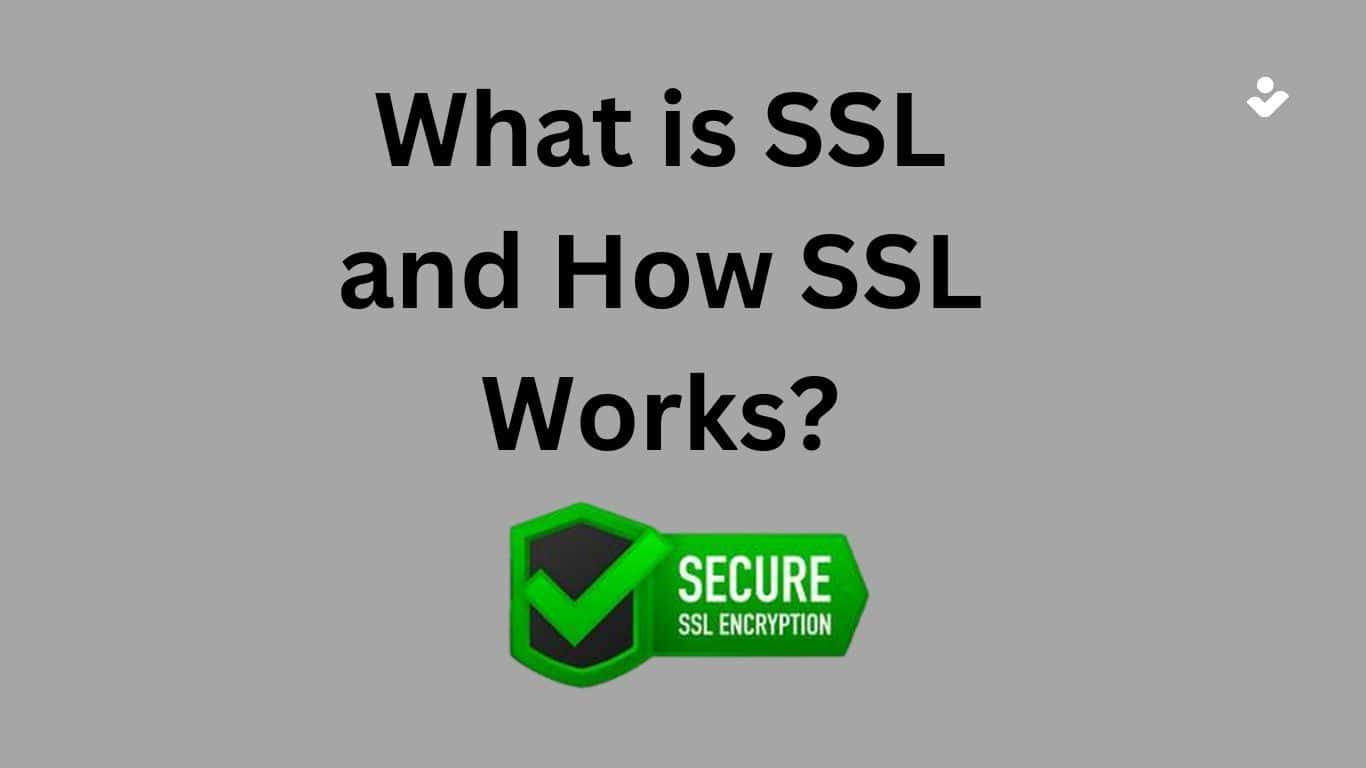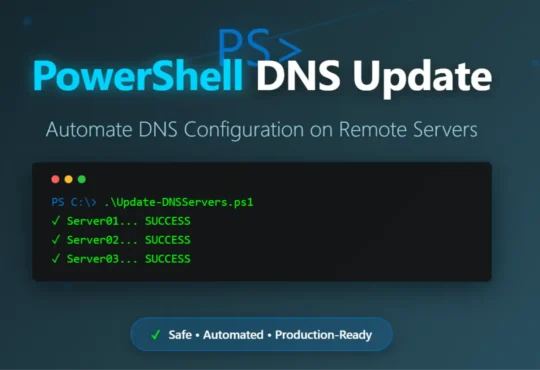SSL stands for Secure Sockets Layer. It is a security protocol that is used to establish an encrypted connection between a server and a client. The primary purpose of SSL is to ensure that data transmitted between the server and client is secure and cannot be intercepted by third parties.
SSL is often used to secure communications on the Internet, such as when a web browser connects to a website or when an email client connects to an email server
Use of SSL
SSL is used to secure a wide range of applications and protocols, including:
- Web browsing: SSL is used to secure communications between web browsers and servers. When a user connects to a website using SSL, the connection is encrypted and secure.
- Email: SSL is often used to secure email communications between email clients and servers. This can help protect against email interception and eavesdropping.
- Virtual Private Networks (VPNs): SSL is often used to secure VPN connections, which allow users to access a private network remotely over the Internet.
- File Transfer Protocol (FTP): SSL can be used to secure FTP connections, which are used to transfer files between computers.
- Voice over IP (VoIP): SSL can be used to secure VoIP communications, which allow users to make phone calls over the Internet.
How SSL Works?
SSL works by using a public key infrastructure (PKI) system. When a client establishes a connection to a server, the server sends its SSL certificate to the client. The certificate contains the server’s public key, which is used to encrypt the data that is sent between the client and the server.
The client then generates a random key, which is used to encrypt the data that is sent to the server. This encrypted data can only be decrypted by the server using its private key.
Don’t Miss: What is Traceroute? How Do You Run It?
This process ensures that the data transmitted between the client and the server is secure and cannot be intercepted by third parties. It also allows the client to verify the identity of the server, helping to prevent man-in-the-middle attacks.
Types of SSL
There are several different types of SSL certificates that can be used to establish an encrypted connection:
Domain Validated (DV) SSL Certificates:
These certificates are issued after the certificate authority (CA) verifies that the applicant owns the domain.
Organization-Validated (OV) SSL Certificates:
These certificates are issued after the CA verifies the identity of the applicant’s organization.
Extended Validation (EV) SSL Certificates:
These are the most secure SSL certificates, as they require the CA to conduct a thorough vetting process before issuing the certificate. When a user connects to a website using an EV SSL certificate, their web browser displays a green address bar to indicate that the connection is secure.
Self-Signed SSL Certificates:
These certificates are not issued by a CA, but are instead signed by the server itself. While self-signed certificates can be used to establish an encrypted connection, they are not as secure as certificates issued by a CA, as they are not verified by a third party.
Wildcard SSL Certificates:
These certificates can be used to secure multiple subdomains on a single domain. For example, a wildcard SSL certificate for “*.example.com” could be used to secure “mail.example.com”, “login.example.com”, and any other subdomains of example.com.
Some SSL Examples
Here is an example of how SSL might be used to secure a connection between a client and a server:
- The client (such as a web browser) sends a request to the server to establish a secure connection.
- The server sends its SSL certificate to the client. The certificate contains the server’s public key.
- The client verifies the certificate to ensure that it is valid and issued by a trusted certificate authority (CA).
- If the certificate is valid, the client generates a random key, which it uses to encrypt the data that it sends to the server.
- The server decrypts the data using its private key.
- The client and server can now communicate securely, with all data transmitted between them being encrypted and secure.
This process helps to ensure that the data transmitted between the client and the server is secure and cannot be intercepted by third parties. It also allows the client to verify the identity of the server, helping to prevent man-in-the-middle attacks.
Overall, SSL is used to secure sensitive information that is transmitted over the Internet, helping to protect against data interception and other security threats.



